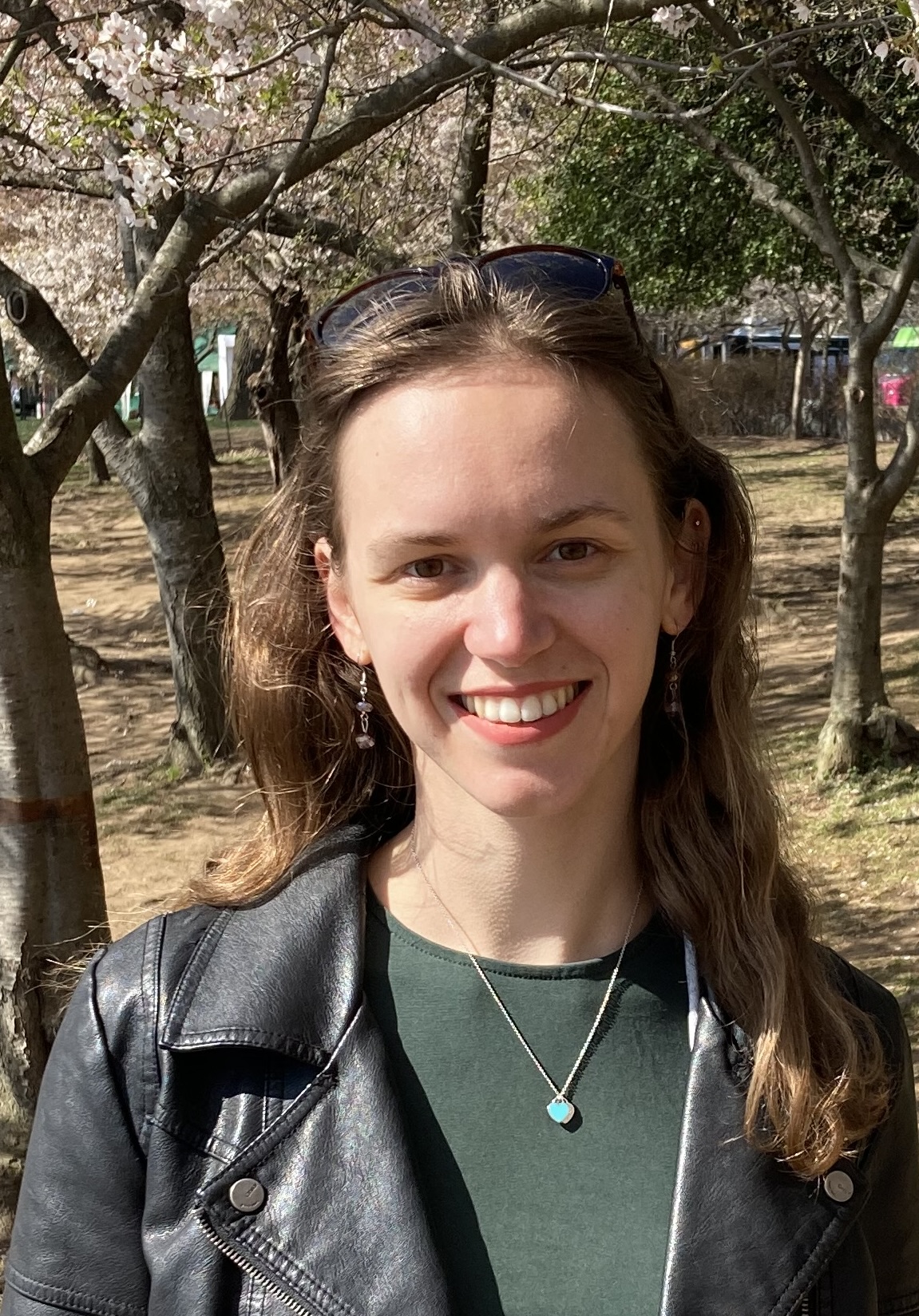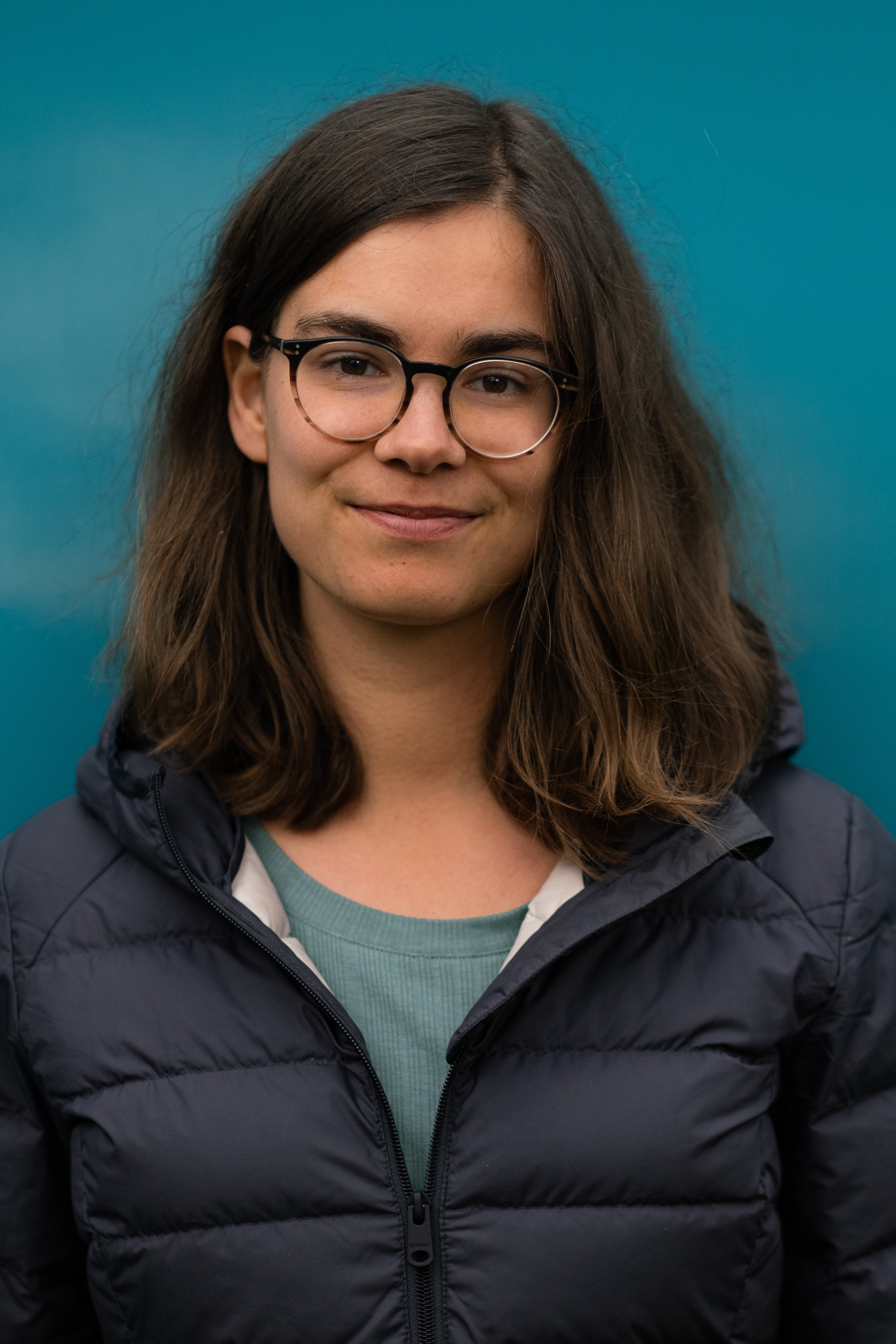Iris Schuring
Master thesis (09/2023-present) at ETH-Zurich
Project description: In her MSc thesis entitled "Exploring the impacts of Sulfate Aerosol Geoenineering on the Ocean Circulation", Iris is investigating the impacts of different Climate Intervention strategies, involving stratospheric aerosol injections in our in-house coupled Chemistry Climate Model SOCOLv4. She is focusing on the impact of alternative materials, such as Alumina, Calcite and Diamond particles on surface climate and ocean-atmosphere interactions, with particular focus on the Atlantic Meridional Overturning Circulation (AMOC). Her simulations include transient scenarios with time-evolving GHG emissions and solid particle injections. Initial results indicate that climate intervention would ameliorate the projected slow-down of the AMOC under climate change, irrespective of the injected material.
Alumni
Sandro Vattioni

PhD thesis (Mar 2020-Jan 2024) at ETH-Zurich. See IAC-ETH website
Project description: In his PhD thesis, Sandro worked on the chemical and climatic impacts of solid particles for stratospheric solar geo-engineering. He performed exploratory work, which includes in a first step various lab experiments to investigate the chemical and microphysical interactions of calcite and alumina particles in stratospheric conditions. In a second step, the results of the lab were used to build a new parameterization in the global aerosol chemistry climate model SOCOL-AERv2. The model was then used to investigate the impacts on stratospheric chemistry (including ozone) and climate. The project included very successful collaborations with institutes and laboratories at ETH Zurich, Paul Scherrer Institute and the Keutsch group at Harvard University. His thesis was co-supervised by me and Prof. T. Peter and was part of the ETH Research Grant on Stratospheric Solar Geoengineering and has been successfully defended in January 2024, and he is currently working in my group as a post-doc.
Marina Friedel

PhD thesis (Oct 2019-May 2023) at ETH-Zurich. See IAC-ETH website
Project description: In her PhD thesis entitled "The role of Arctic ozone in forcing Northern Hemispheric climate", she assessed the influence of Arctic ozone on Northern hemispheric climate examining its feedback on stratosphere-troposphere coupling and surface projections on various time scales. She explored the mechanisms whereby ozone affects the large-scale atmospheric circulation, such as zonal asymmetries in the distribution of Arctic ozone, as well as the impact of uncertainties in future ozone trends and their influence on projections of Northern hemisphere climate change. Her thesis was part of of the SNF-funded TORSO project and has been successfully defended in May 2023, and she is currently working in my group as a post-doc.
Rahel Weber

Master thesis (01/2022-09/2022) at ETH-Zurich
Project description: In her MSc thesis entitled "Impacts on Stratospheric Chemistry by Stratospheric Aerosol Injection via Solid Particles", Rahel has investigated the efficiency of Climate Intervention measures using stratospheric aerosol injections in our in-house Chemistry Climate Model SOCOL-AERv2. In particular, she explored the impact of Alumina and Calcite particles on stratospheric chemistry and radiative forcing, with emphasis on the chemical, microphysical and radiative processes governing the atmospheric response to this potential Climate Intervention measure. Her results show that solid particles have generally less side effects compared to sulfate aerosols (e.g. reduced ozone depletion and heating), but the uncertainty related to chemical processes on the surface of the solid particles is large. She is in the process of publishing these results as part of a paper.
Svenja Seeber

Master thesis (02/2022-08/2022) at ETH-Zurich
Project description: Svenja has completed a MSc project on "Arctic ozone and climate change". In this work, she has been investigating the impact of future ozone recovery on climate. She ran multiple future scenario experiments from two ocean coupled chemistry-climate models: SOCOL-MPIOM and CESM1-WACCM4. More specifically, she explored the influence of Arctic ozone recovery on the large-scale atmospheric circulation via radiative and dynamical processes, elucidating the relative roles of ozone vs GHGs (e.g. CO2). Her results show that ozone recovery has a major impact on the thermal structure of the stratosphere, and opposes the effects of CO2. Initial results also reveal sizable impacts on stratospheric dynamics. The results of this work will be part of a paper on climatic impacts of ozone recovery.
Konstantin Weber
Graduate Research Project (03/2022-09/2022) at ETH-Zurich
Project description: Konstantin has worked on a research project on "The climatic impacts of halocarbons in CMIP6 models". In this work, he performed a multi-model intercomparison of the effects of halocarbons (HC) on climate, by using the new AerChemMIP model experiments, which were performed as part of CMIP6. HC species include ozone depleting substances, which played a major role in thinning the ozone layer over 1960-2000, but also have a large global warming potential (GWP), due to their strong absorption in the infrared spectrum. Initial results show that HC contributed to global warming over the second half of the 20th century, but the degree to which HC warmed climate strongly varies across climate models. Part of the uncertainty in the climatic impact of HCs is related to differences in the climate models sensitivity, and part of it is related to model-dependency in the simulated severity of historical ozone depletion. Presently, we are adding more ensemble members to improve the detection of the (small) HC signal in global warming.
Jessica Oehrlein

PhD thesis (2018-2021) at Columbia University (co-supervised with Prof. L.M.Polvani). See CU website
Project description: Jessie holds a MSc degree in applied mathematics from Columbia University. She completed a MSc project on the connection between solar variability and North Atlantic climate, which resulted in a paper published in Nature Geoscience (see here). For her PhD, she investigated Sudden Stratospheric Warmings, their drivers (e.g. ENSO) and impacts on tropospheric climate, including the effects of interactive ozone, and the role of natural variability in the surface signature of SSWs. Her thesis has been supervised by Prof. L.M. Polvani and myself.
Jessie is now Assistant Professor in Mathematics at Fitchburg State University. See website
Nora Bergner

Master thesis (finalized on 09/2021) at ETH-Zurich
Project description: Nora recently completed a MSc project on The Role of Antarctic Stratospheric Vortex and Ozone Variability in Forcing Surface Climate. More specifically, she assessed the relationship between Antarctic stratospheric vortex variability and the Southern Annular Mode, as well as regional climate in the Southern Hemisphere in re-analysis and coupled chemistry climate model (CCM) simulations. In particular, she quantified the impact of interactive ozone chemistry on stratosphere-troposphere coupling, with emphasis on the surface signature of polar vortex variability. Her research shows that ozone feedbacks introduce persistence in the stratosphere, but that dynamical coupling irrespective of ozone variability plays a dominant role on tropospheric and surface signals. However, CCMs underestimate ozone variability compared to the observations, and overestimate the lifetime of the polar vortex. A paper about the results of this research project was published at Atmospheric Chemistry and Physics (see paper).
Nora is now PhD candidate in Civil and Environmental Engineering at EPFL. See website
Laura Endres

Master thesis (finalized on 09/2021) at ETH-Zurich
Project description: Laura recently completed a MSc project on "Revisiting the Influence of Solar Variability on North Atlantic Winter Climate". In this project, Laura examined the relationship between solar variability and the North Atlantic Oscillation (NAO), by using sets of simulations from three coupled chemistry-climate models (SOCOL-MPIOM, WACCM and GISS-E2-1) and re-analysis (ERA5 and ERA-20C). She compared transient (historical) simulations as well as idealized runs with and without the solar cycle to find a better-constrained estimate of the strength and character of the solar influence on the North Atlantic Oscillation. In particular, she explored the coherence between atmospheric variables and solar forcing, by performing detailed time-frequency analysis using different spectral analysis methods such as wavelets and multi-taper spectra. This work provides improved statistical constraints on the solar-NAO connection from models and observations, with implications for predictability of North Atlantic winter climate.
Laura is now PhD candidate at the Department of Earth Sciences (D-HEST) at ETH-Zurich. See website